In a world of silly excuses for lousy driving, this just about tops the list.
‘Sleep Driving’ isn’t about getting pulled over for driving your Ford Capri drunk. Nor is it taking to the road in a sleep-deprived haze. As improbable as it sounds, ‘sleep driving’ is navigating your gasoline-powered auto whilst completely away-with-the-fairies asleep.Increasingly, sleep driving has been recognised as a real and dangerous condition by police. Reported most often in The United States, and getting some high profile news coverage, some suggest it’s another quack condition concocted by creative lawyers.
I would wholeheartedly disagree. Sleep driving does happen - but not like how it has been reported in the media. It does seem to happen most often in the USA. No one knows why, but I’d guess it has a lot to do with the wide highways and automatic cars our American friends like to drive…
Sleep Driving – Science-Fact or Science-Fiction?
Law and psychiatry don’t make very good bed fellows. In the last fifty-or-so years, numerous miscarriages of justice have resulted from wholly dubious psychology. Most famously were the childhood sexual abuse scandals in the 1980s. These abuse claims were based on “victim’s” testimonies from ‘repressed memories’ – a popular psychological theory of the time –and many innocent people went to jail. Most allegations were later proven to be false; the confessions were merely the result of suggestions of overly-eager counsellors.
Similarly, Hollywood’s favourite loony-bin condition, ‘split-personality disorder’ (a key plot device in the likes of Psycho and Fight Club) is shrouded in controversy. Officially called ‘dissociative identity disorder’, its existence remains highly contentious. Catapulted into the modern psyche by the book ‘Sybil’ released in 1973, this multi-million selling book featured conversations with a woman (Shirley Ardell Mason) who claimed to have sixteen (!) distinct personalities. Although the book’s content has now been largely discredited, it was the stimulus that sent reports of ‘Jekyll and Hyde Syndrome’ sky-high.
Worldwide, split personality disorder is a condition has a strong American bias (with rates typically ten times higher than most other developed countries) but many believe it is a product of manipulative malingerers trying to avoid legal ramifications for their criminal actions.
So enter the stage, the latest in a long line of improbable conditions: Sleep Driving.
Unlike the responsibility-shirking controversies that have gone before, Sleep Driving registers at least half-full on the plausibility scale: A bizarre variant of sleepwalking, it is thankfully remarkably rare. Sleep expert, Mark Pressman from Pennsylvania, USA writes in this month’s Sleep Medicine Reviews that although it does exist, many people have don’t understand it, and – crucially – many traffic police don’t.
The Truth about ‘Sleep Driving’
Sleep walking affects up to one in six people, more commonly children. For reasons unknown, something can go wrong during a normally peaceful, dreamless slumber. Utterly unaware, the sleepwalker is partially awoken –and in a memory-less state starts to act out simple, pre-learnt actions. Called ‘automatisms’; these behaviours are pre-learnt, repetitive and require no thinking or brain power. Brushing hair, turning on the TV or going for a zombie-like wander are typical. Driving a car, a rather more challenging activity, is less common.
Reflecting the difficulty that a sleeping person has getting keys into ignition, on average only one person per year has been reported sleep driving in the USA. Although actual numbers are certainly higher than official reports, given the 300 million people living in the US, you are more likely to win the lottery over sleepwalking your car out of the garage.
How to Spot a Sleep Driver (or sleep walker)
Should you doubt whether your best friend is truly conscious the next time they make an inopportune visit at 1am, these are some tell-tale signs of a sleep driver (or sleepwalker):
• Eyes open
• May navigate around spaces well known to them
• No planning, attention or other complex thought processes
• Extremely limited social interaction or none at all (unable to follow instructions)
• If blocked or confronted may become violent
• No recollection of events
And before you say it, no – this is not a description of men!
Sleep Driving – Not to be Confused with Drug-Induced Drowsy Driving
Given the unlikelihood of true sleep driving, isn’t it peculiar that news agencies have been issuing warnings of increased rates of ‘sleep driving’? What the populist press is describing is not true sleep driving but drug-induced drowsy driving as a side effect of sleeping tablets.
Medicines to help insomniacs get some nigt time Zed’s (US: Zees) are safer these days than in days of yore. Modern ones generally starting with the letter Z, (zolpidem, zopiclone, zalephon) and are very good at, erm, making you sleepy (no, seriously). Unfortunately, through mistake or ignorance many people have unwittingly driven whilst ‘under the influence’ of these sedatives.
Such ‘sleepy’ drivers are extremely dangerous and are commonly mislabelled ‘sleep drivers’. They aren’t really sleep driving - they are in a sleepy stupor, and likely to wrap their four wheels around the nearest lamppost. To spot one of these drivers, just imagine an elephant shot with a tranquilliser gun:
• Unsteady on feet
• Difficulty looking straight
• Poor or slow coordination
• Drowsy
• Tired
• Confused
• Disoriented
If you find, one of these drivers – put them into the nearest bed…
If only we were more like, dolphins things might be so much simpler…
If only we Slept like Dolphins!
Driving tired is outrageously unpleasant (and clearly, dangerous); Coffee, loud music, winding the windows down and jabbing yourself with something sharp (or was that just me?) do little to lift the weight of heavy eyelids.
But spare a thought for the sleep-deprived dolphin. These sea-bound mammals need to surface for air every twenty minutes or so. If they ever had a proper night’s sleep like us – they’d end up having an unpleasant nocturnal demise.
To get around this, only one side of the porpoise brain sleeps at a time: Each brain lobe takes turns to grab forty winks whilst the ‘awake side’ controls swimming and surfacing for air. So if you slept like a dolphin did, you could drive safely whilst ‘half asleep’.
Remember, the next time you’re too tired to drive, why not ask a friendly dolphin to drive you home…?
Thanks for reading - comments and feedback are warmly welcomed!
INTERESTED IN THIS SORT OF STUFF? I’ve been part of a team that has just launched a new (free) bi-monthly digital magazine which aims to deliver understandable science writing but without compromising the facts. It offers undiscovered writers a chance to write to a growing audience of readers. You are welcome to check it out here!REFERENCES:
Pressman, M. (2011). Sleep driving: Sleepwalking variant or misuse of z-drugs? Sleep Medicine Reviews, 15 (5), 285-292 DOI: 10.1016/j.smrv.2010.12.004


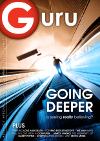
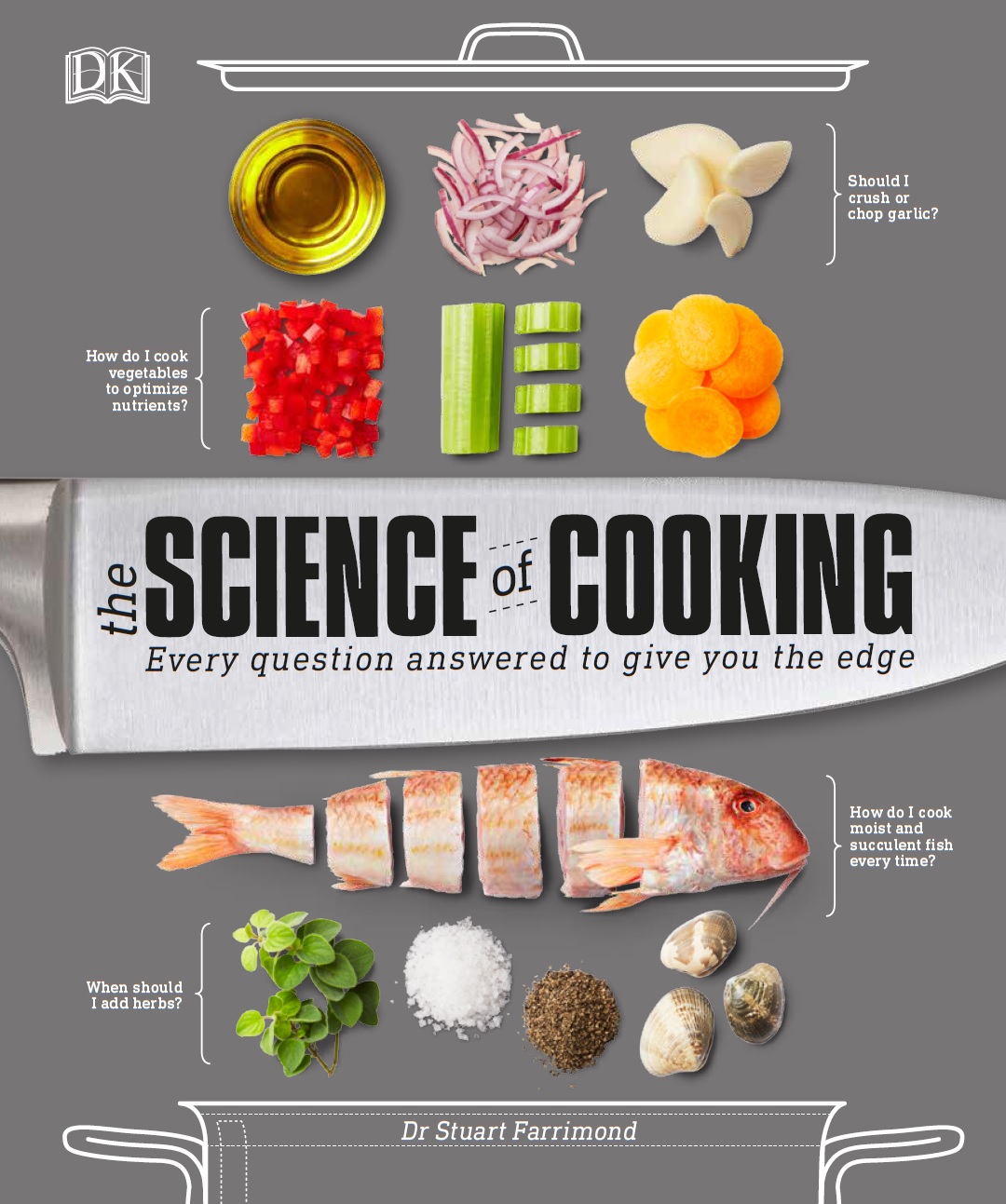



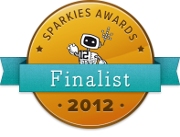
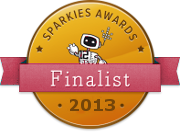
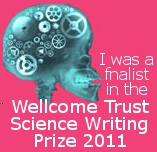

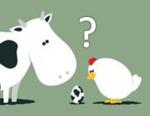
Discussion
No comments yet.